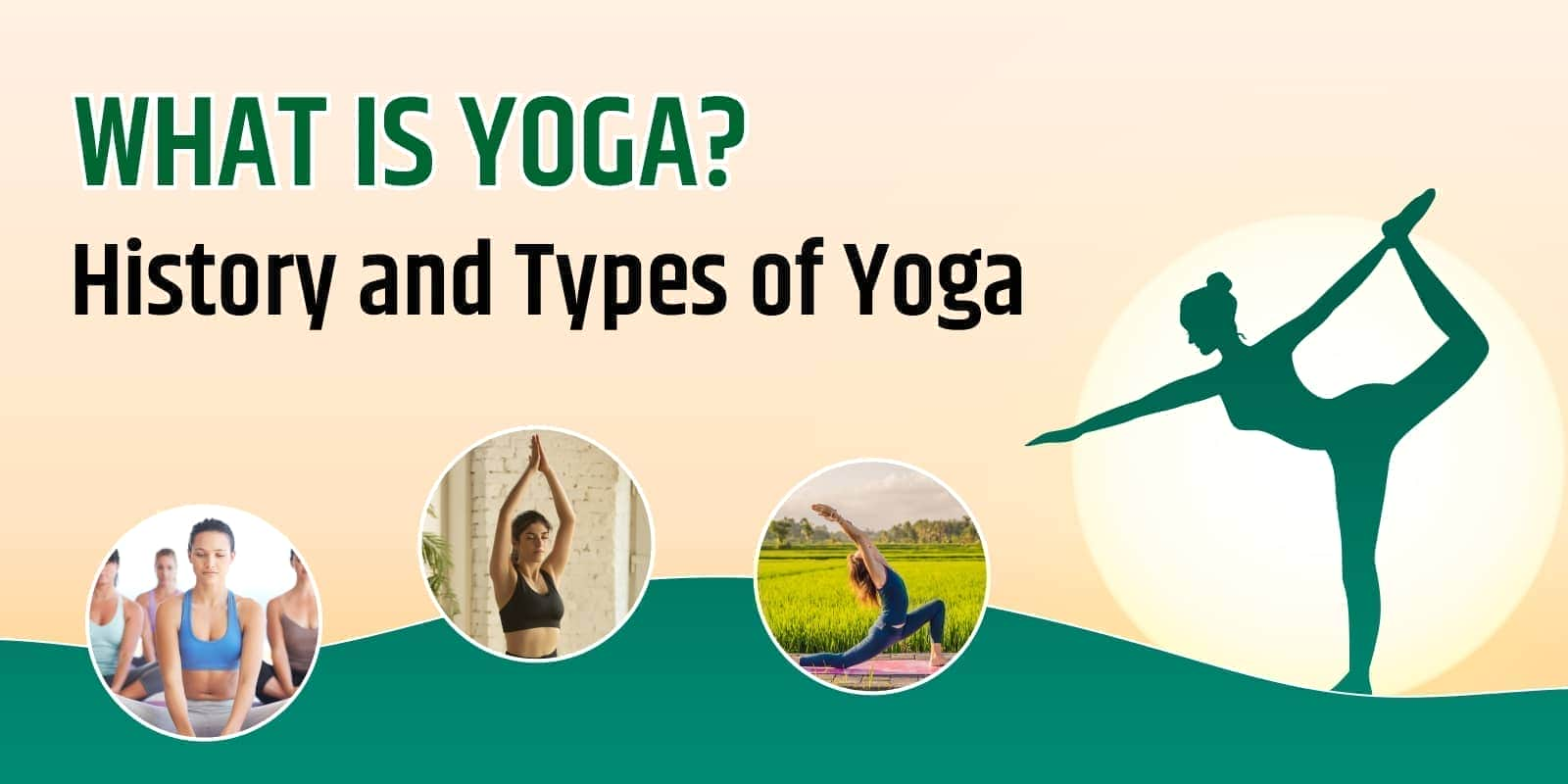
Fundamentally Yoga is an ethereal discipline based on fine science whose main focus is to bring peace to mind and body. Yoga is an art of a healthy lifestyle. “Yoga” originated from the Sanskrit word ‘Yuj,’ which means unite and join. Yoga is an ancient spiritual practice that has become famous worldwide as it is really important for a person’s physical and mental well-being.
Yoga is really helpful for people with respiratory problems and people who face issues while concentrating. As Yoga teaches us breathing techniques and meditation. Yoga has various distinct yoga styles that vary from simple ones to ones that are challenging physically. Each one of the yoga styles benefits the body differently. These yoga styles are called asanas, which help build strength and stamina; it also improves flexibility, balance, and coordination.
It is believed that the practice of Yoga was started with the very emergence of civilization. It has its origins long before the religions and beliefs were born. Lord Shiva has been seen as the first yogi in this yogic mythology. The practice of Yoga was started at the time of civilization in Indus-Saraswati in northern India thousands of years ago. Yoga was very first mentioned in the Rig Vedas, which consists of songs, rituals, and mantras.
In earlier times, Yoga was used to describe a dying warrior. Throughout the Vedic times, the priests were used to be very focused and disciplined. They used to perform yajna, which in our today’s modern world we called Yoga poses.
During the 3rd century, Yoga became popular in many religions like Buddhists, Jains, and Hindus. Yoga was practiced for meditation and spiritual use, and it was known as Yogacharya, which consists of some eight essential steps known as insight.
In the 5th century, Yoga was not used to be a workout exercise. It was known for meditation and spiritual use only. During this time, the idea of Yoga became more entrenched in Buddhists, Hindus, and Jains.
The initial key value focused on the root of suffering and used meditation for solving the problem. The second key value focused on enhancing consciousness. And ultimately, the third was used to attain supremacy. The fourth one was quite a puzzle as in this; Yoga was used to perforate into another person’s body for acting paranormally.
Ultimately, later Yoga became widely popular due to the Indian nationalist movement. Later, Yoga was encouraged by significant institutions and families until India got independence in 1947. And now Yoga is practiced by people worldwide in many ways and varieties.
There are various types of Yoga that have helped out to put up to its unceasing admiration over hundreds and thousands of years. There are a variety of ways to exercise this primitive form of workout. Here we are mentioning some broadly believed types of Yoga from which you can choose what works wonders for your health and lifestyle.
Yoga varies from simple breathing and relaxing exercises to sweat full exercises. It’s up to you what you want to perform.
Yoga is really important for a person’s overall health, either mental health or physical health. Still, certain body parts need special attention and good care as it is our body’s vital organs, without which our body can not work properly and in an orderly manner.
"Ayurveda is not just a system of medicine; it's a way of life. Connect with us to embrace a lifestyle that nurtures your body, mind, and soul."

Certificate no- AH-2023-0186
JAN 05,2023-JAN 04,2026